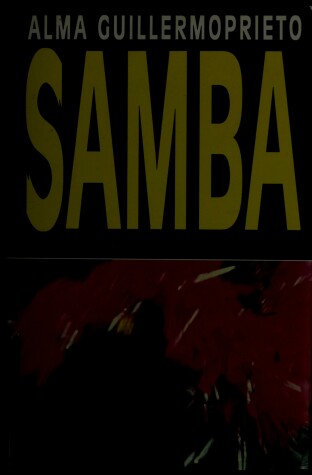This travel book explores the samba, with all its ritual, and through it presents a picture of Brazil. The author is a Mexican by birth and upbringing and a dancer by training. She recounts a Carnival season in Rio, offering an interpretation of the history and culture of black Brazilians, and the social and spiritual forces that are expressed in the driving beat of samba music and dance. Every year, each of the "favelas" (the ramshackle slums on the hills around Rio) sends a samba school of two to four thousand costumed dancers and musicians, along with floats and...Read more
This travel book explores the samba, with all its ritual, and through it presents a picture of Brazil. The author is a Mexican by birth and upbringing and a dancer by training. She recounts a Carnival season in Rio, offering an interpretation of the history and culture of black Brazilians, and the social and spiritual forces that are expressed in the driving beat of samba music and dance. Every year, each of the "favelas" (the ramshackle slums on the hills around Rio) sends a samba school of two to four thousand costumed dancers and musicians, along with floats and other razzle-dazzle, to compete in the Carnival parade. Alma Guillermoprieto's fascinating account of her experiences with the Mangueira samba school introduces us to the most flamboyant of urban art forms and the culture in which it flourishes. The author traces the origins of the hundreds of men pounding out the samba rhythm on huge African drums and investigates whether the great maternal figures called "baianas" are also practitioners of "macumba", the Afro-Brazilian religion.
She discovers how the "numbers kings" bridge the gap between the Rio Tourist Board's subsidies and the real cost of all this finery, asks why the artists who design the floats and costumes are often white, and she explores the part that drugs and politics play in the festivals.
She discovers how the "numbers kings" bridge the gap between the Rio Tourist Board's subsidies and the real cost of all this finery, asks why the artists who design the floats and costumes are often white, and she explores the part that drugs and politics play in the festivals.
- ISBN10 0224027956
- ISBN13 9780224027953
- Publish Date 29 March 1990 (first published 17 February 1990)
- Publish Status Out of Print
- Out of Print 10 August 2021
- Publish Country GB
- Publisher Vintage Publishing
- Imprint Jonathan Cape Ltd
- Format Hardcover
- Pages 244
- Language English
